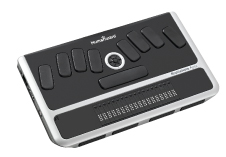 Humanware has announced the release of Keysoft 9.2 which promises “instant access” to PDF documents for the Apex BrailleNote and VoiceNote family of products. The update, which requires one count of SMA, “allows for any accessible PDF documents (PDF with imbedded texts) to be converted to a text file, enabling professional documents to be received on the Apex as email attachments and opened and read without the use of a computer or other external converter.” If editing of the file is not required, the PDF document can be opened with the same method that is used to open a standard book.
Humanware has announced the release of Keysoft 9.2 which promises “instant access” to PDF documents for the Apex BrailleNote and VoiceNote family of products. The update, which requires one count of SMA, “allows for any accessible PDF documents (PDF with imbedded texts) to be converted to a text file, enabling professional documents to be received on the Apex as email attachments and opened and read without the use of a computer or other external converter.” If editing of the file is not required, the PDF document can be opened with the same method that is used to open a standard book.
The press release also listed these new features:
- Larger downloads with more information
- More dynamic Apex QT keyboard
- Better WindowEyes control
For a full list of features and downloading information, click on Humanware.
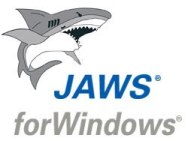
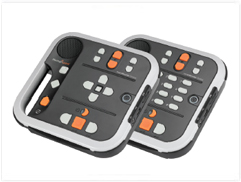
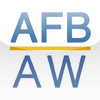
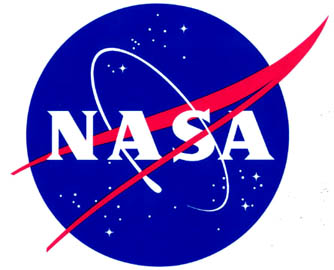
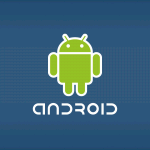



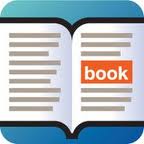
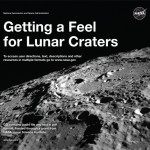
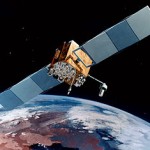
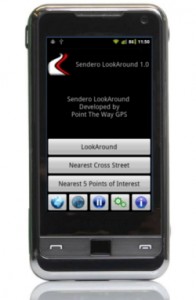
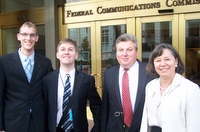
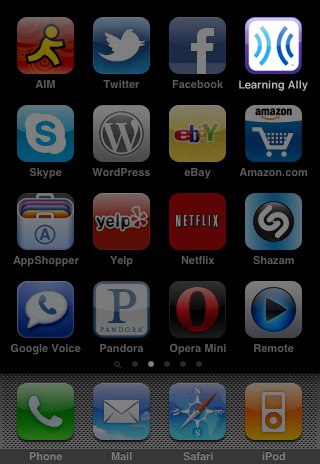
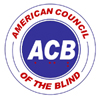

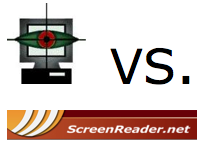

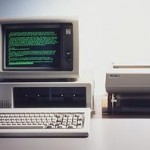
Follow us on Twitter, Like us on Facebook